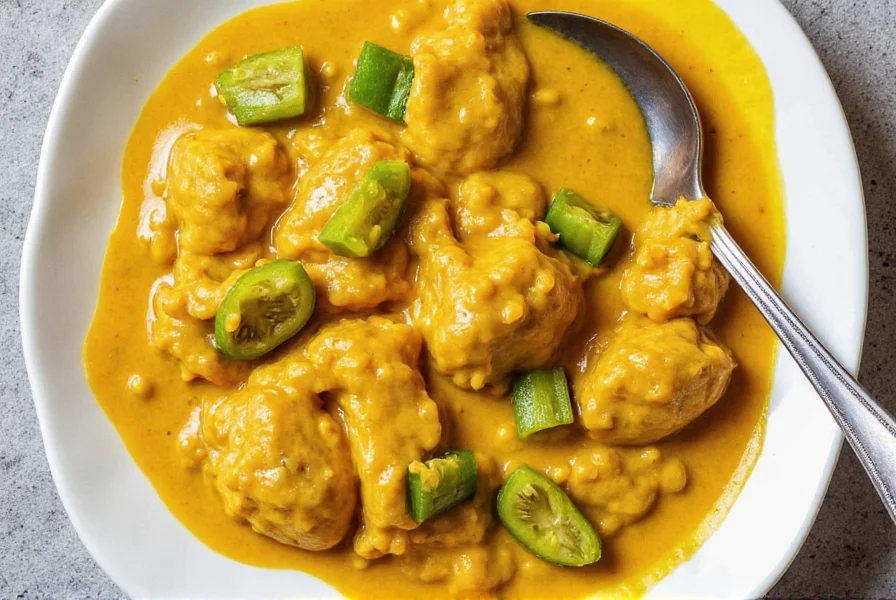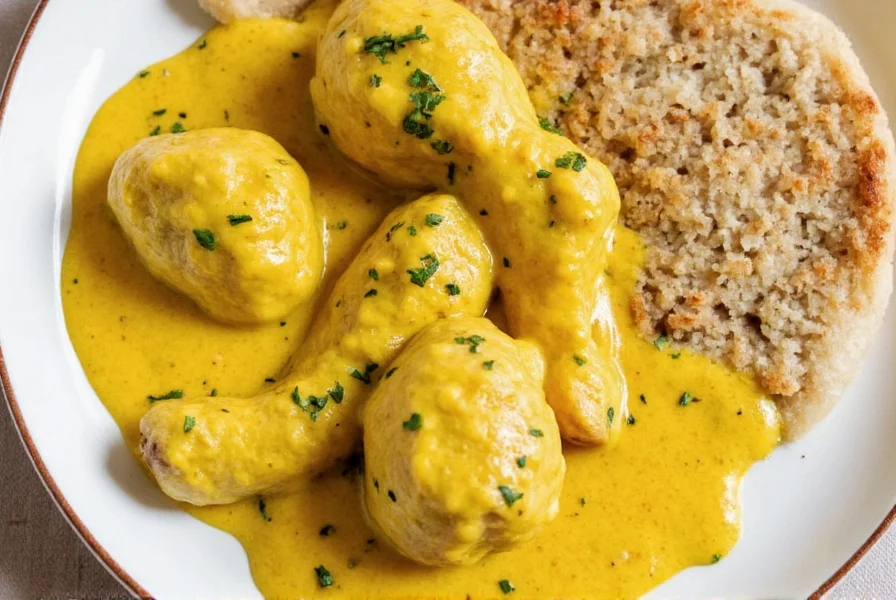Peruvian Yellow Sauce for Chicken: The Flavor Bomb You’ve Been Missing
If you haven't yet fallen head over heels for Peruvian yellow sauce for chicken, then prepare yourself for a serious culinary upgrade. This vibrant, zesty condiment is like a tropical vacation for your taste buds—tangy, spicy, and utterly unforgettable.
In this article, we’ll explore everything you need to know about this beloved South American staple, from its rich cultural roots to practical tips on how to use it like a pro. So grab your apron and let’s dive in!
Table of Contents
- What Exactly Is Peruvian Yellow Sauce?
- Flavor Profile Breakdown
- A Little History & Culture
- Why Use It on Chicken?
- Pro Tips for Cooking with Peruvian Yellow Sauce
- Buying Guide: How to Choose the Best One
- Want More Control? Make Your Own!
- Creative Ways to Serve It
- Final Thoughts
What Exactly Is Peruvian Yellow Sauce?
Also known as Aji Amarillo sauce, Peruvian yellow sauce is a creamy, tangy, and mildly spicy condiment made from the iconic Aji Amarillo chili pepper, which is native to Peru. Alongside the pepper, the sauce typically includes ingredients like garlic, vinegar, lime juice, cumin, and sometimes mayonnaise or olive oil to give it that silky texture.

This sauce isn’t just a flavor booster—it's a symbol of Peru’s diverse culinary identity, blending indigenous, Spanish, African, and Asian influences into one glorious jar of deliciousness.
Flavor Profile Breakdown
Let’s break down what makes this sauce so irresistible:
| Flavor Element | Description |
|---|---|
| Heat Level | Mild to medium (around 30,000–50,000 SHU) |
| Acidity | Bright and zesty from lime or vinegar |
| Creaminess | Often comes from mayo or oil base |
| Herbaceous Notes | Garlic and cumin add earthy depth |
| Fruitiness | Natural sweetness from ripe Aji Amarillo peppers |
A Little History & Culture
Long before Instagram food trends, Peruvians were using the Aji Amarillo pepper in traditional dishes like Pollo a la Brasa (rotisserie chicken) and Ceviche. This golden-yellow sauce became a kitchen staple because of its versatility and bold character.
It’s not uncommon for families in Lima or Cusco to keep a jar of homemade yellow sauce tucked away in the fridge, ready to jazz up grilled meats, roasted veggies, or even boiled potatoes. In fact, many chefs refer to it as “the ketchup of Peru” because of how commonly it's used.
Why Use It on Chicken?
Because it just works. Here’s why:
- It enhances without overpowering – The heat and acidity balance the richness of chicken perfectly.
- It adds color and appeal – That sunny yellow hue makes any plate pop.
- It brings complexity – Garlic, cumin, and lime work together like a culinary dream team.
- It’s versatile – Use it as a marinade, glaze, dip, or drizzle.
Pro Tips for Cooking with Peruvian Yellow Sauce
Whether you’re working with store-bought or homemade, here are some game-changing tricks:
- Tone it down: If it’s too spicy, mix it with sour cream or Greek yogurt.
- Dial up the umami: Add a splash of soy sauce or Worcestershire for extra depth.
- Use it as a marinade: Let chicken sit in the sauce for 1–2 hours before grilling or baking.
- Add freshness: Top finished dishes with chopped cilantro or parsley to brighten things up.
- Serve it cold or warm: Both ways work! Warm it slightly to unlock more aroma.
Buying Guide: How to Choose the Best One
With so many options lining supermarket shelves and specialty stores, picking the right bottle can be overwhelming. Here’s what to look for:
| Brand | Ingredients | Spice Level | Texture | Best For |
|---|---|---|---|---|
| Maria Elena | Aji Amarillo, vinegar, salt, garlic | Mild | Smooth, slightly chunky | Marinades, sandwiches |
| El Sabor de Ayacucho | Organic Aji Amarillo, lemon juice, herbs | Medium | Velvety | Dips, dressings |
| Kiara Organics | Raw Aji Amarillo, olive oil, spices | Mild-Medium | Richer, oil-based | Drizzling, roasting vegetables |
| Don Pancho | Aji Amarillo paste, water, vinegar | Medium-Hot | Thicker, more intense | Adding punch to soups, stews |
Look for these features when shopping:
- No artificial preservatives – Opt for all-natural ingredients.
- Fresh aroma – When opened, it should smell vibrant and peppery.
- Good consistency – Should spread easily but not runny.
- Real Aji Amarillo – Avoid sauces that substitute other peppers or flavors.
Want More Control? Make Your Own!
Want to take your Peruvian yellow sauce game to the next level? Try this simple homemade version:
Ingredients:
- 4–6 fresh Aji Amarillo peppers (or frozen if unavailable)
- 2 cloves garlic
- 1 tbsp white vinegar
- 1 tsp ground cumin
- Juice of 1 lime
- 1/4 cup olive oil or mayonnaise
- Salt to taste
Instructions:
- Roast the peppers under the broiler or on a gas stove until blistered.
- Peel, deseed, and puree with garlic, vinegar, cumin, lime juice, and oil/mayo.
- Season with salt and blend again until smooth.
- Store in an airtight container in the fridge for up to a week.
Creative Ways to Serve It
Once you have a batch of Peruvian yellow sauce on hand, don’t stop at chicken! Here are some genius ways to put it to work:
- Dip for fries – Swap out ketchup for something exciting.
- Spread for burgers – Adds brightness to beef, turkey, or veggie patties.
- Marinade for seafood – Try it with shrimp or cod before grilling.
- Condiment for tacos – Pairs well with al pastor, carnitas, or fish tacos.
- Stir into grains – Mix into rice, quinoa, or couscous for a flavor boost.

Final Thoughts
If you haven’t given Peruvian yellow sauce for chicken a try yet, now’s the time. Whether you buy it off the shelf or whip up a homemade batch, this sauce has the power to elevate your everyday meals into something special.
So go ahead—get saucy. Your taste buds will thank you, your dinner guests will be impressed, and who knows—you might just start keeping a little jar of yellow gold in your fridge forevermore.










 浙公网安备
33010002000092号
浙公网安备
33010002000092号 浙B2-20120091-4
浙B2-20120091-4